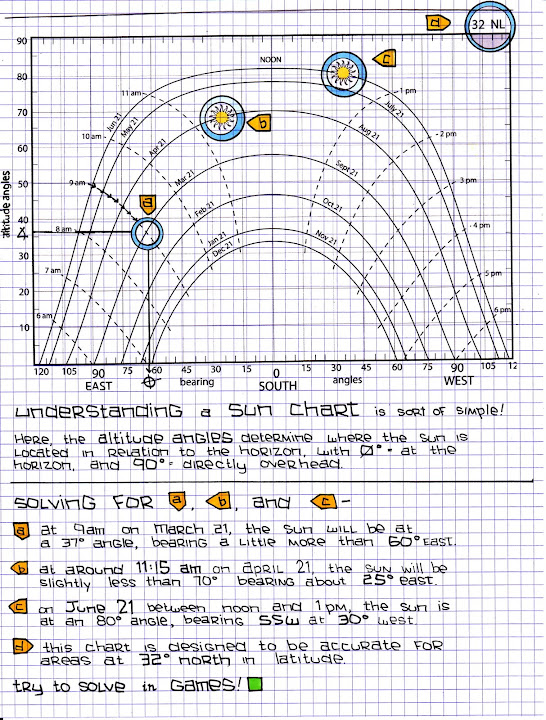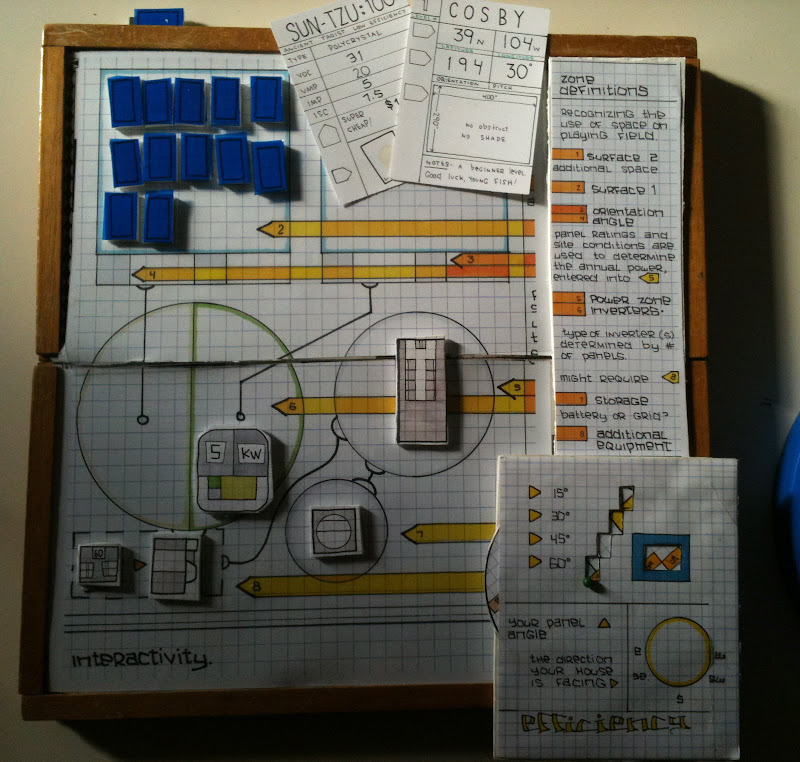 |
Learn how to build a hypothetical system.
Design a system for an imaginary location, such as the Cosby residence, or the Sandler home, to determine if your calculations are accurate first. Once you have established that your methods are correct, move on and design a system for your own home or business.
Steps include:
1. Determine the total area available
2. That establishes the number of panels you can fit
3. Determine the wattage of the panels total
4. That decides the inverter
5. Determine your orientation and shading factors
6. That determines your annual production
7. Analyze the existing bill
8. That will determine the amount of money you will save.
Learn everything from payback calculations, to wire sizing. Learn how to establish how much backfeeding you can do onto a service panel using the official NEC formulas. Depending on how into it you want to go, you can even learn how to derate for ampacity based on distance of the wires to the roof (yes, there's a factor for that!)
All of the factors are mentioned in the LineLoad kit. It's the best way to learn how to build a PV system, and it's meant to be played as a board game.
|
 |
Solar Pathfinder
Also a learning tool for the class
Students (and homeowners) can find out how a solar installer determines what the shading on an array will be over the course of a year, using this neat tool. It was designed by farmers and it's called a Pathfinder. It uses data from the sun to determine annual production.

The information is then entered into a chart, such as this. The chart establishes the amount of sun the array will receive, so that you can scientifically estimate your annual production.
This course teaches how those calculations are made, and it shows you how to perform them yourself using some provided tools and the online resources available.
|





